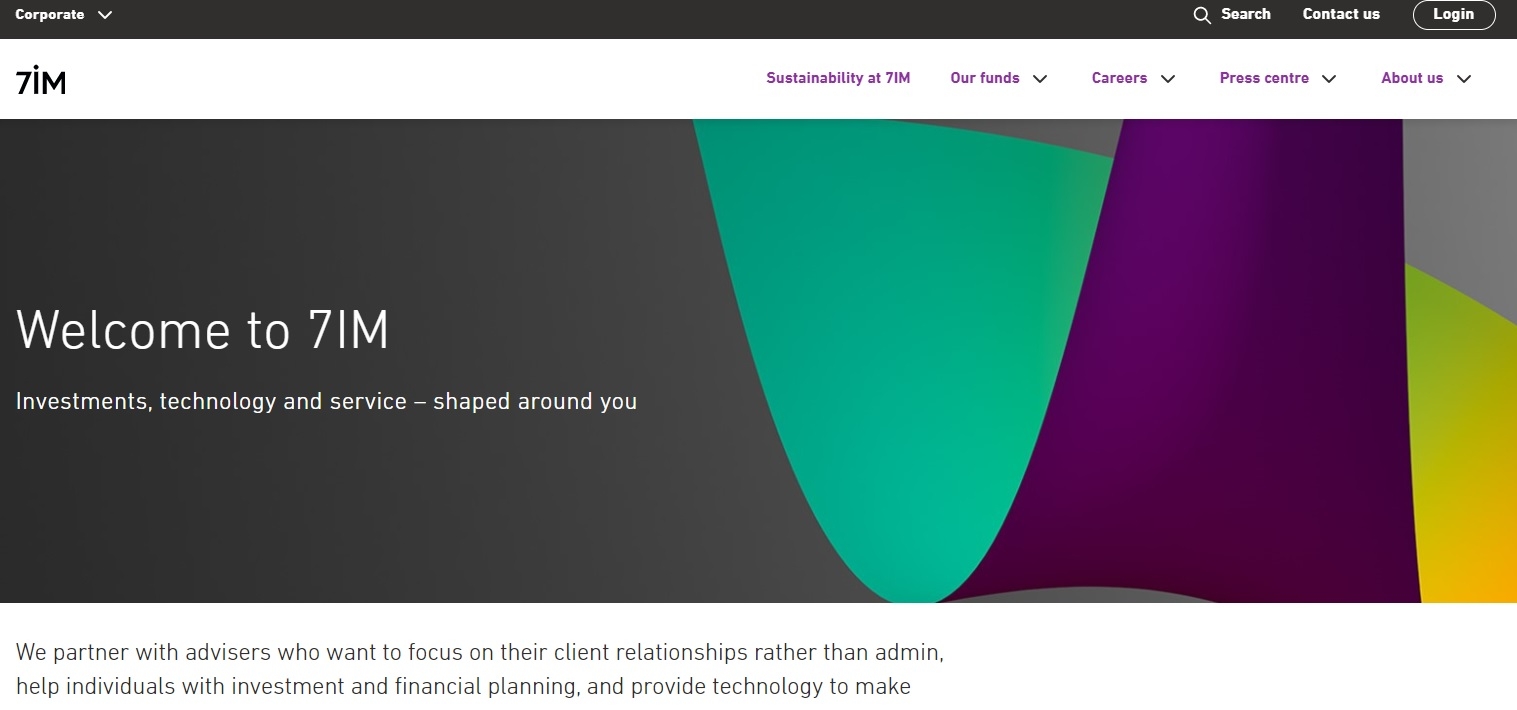The popular 60/40 split between equities and bonds will fail to serve clients as well in an era of record low bond yields, according to fund manager and investment platform 7IM.
Traditional 60/40 portfolios have been popular for decades, designed to provide investors with a balanced investment portfolio which offers the income and relative security of bonds, combined with the growth potential of higher-risk equities.
However, 7IM said that the goal to provide some diversification to investors was no longer being achieved.
Matthew Yeates, head of alternatives and quantitative strategy within the investment team at 7IM said investors should be looking for more from their portfolios.
He said: “For a balanced portfolio, we would currently expect to see an allocation of circa 15% in alternatives, a split which will likely only increase over time when you consider where bonds yields and equity markets are currently.
“Be it diversification through proper strategic asset allocation, looking at regions like emerging markets or diversification through alternatives, these should all be differentiating parts of robust multi-asset investing going forward, which should replace the increasingly flawed 60/40 approach.”
After two decades of sliding interest rates boosting bond markets, 7IM said fixed income as an asset class is now starting to sell of heavily as interest rates start to climb.
With sell-offs potentially coming amid peak equity valuations in many regions, the platform said fixed income is now highly correlated to equity markets because of central bank intervention, meaning it is “failing to act as a safety net”.
Mr Yeates said looking out over the next decade, using uncorrelated assets was therefore a more sensible strategy than relying on fixed income when it comes to diversification.
He said: “A genuinely diversified multi-asset portfolio has a much clearer role in today’s prevailing environment of low bond yields, negative debt piles, and returning inflation. Our answer to the problems facing 60/40 portfolios is, therefore, not to build them.”

